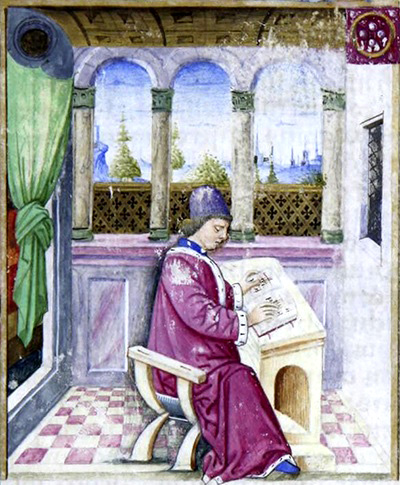Medieval music has been made and remade repeatedly over the past two hundred years.
For the nineteenth century it was vocal, without instrumental accompaniment, but with barbarous harmony that no one could have wished to hear. For most of the twentieth century it was instrumentally accompanied, increasingly colorful, and widely enjoyed. At the height of its popularity it sustained an industry of players and instrument-makers, all engaged in re-creating an apparently medieval performance practice.
During the 1980s medieval music became vocal once more, exchanging color and contrast for cleanliness and beauty. Radical changes in perspective such as these may have less to do with the evidence of how medieval music sounded and more to do with the personalities of scholars and performers, their ideologies, and musical tastes.
This according to The modern invention of medieval music: Scholarship, ideology, performance by Daniel J. Leech-Wilkinson (Cambridge: Cambridge University Press, 2002).
Below, the Early Music Consort of London in 1976.




